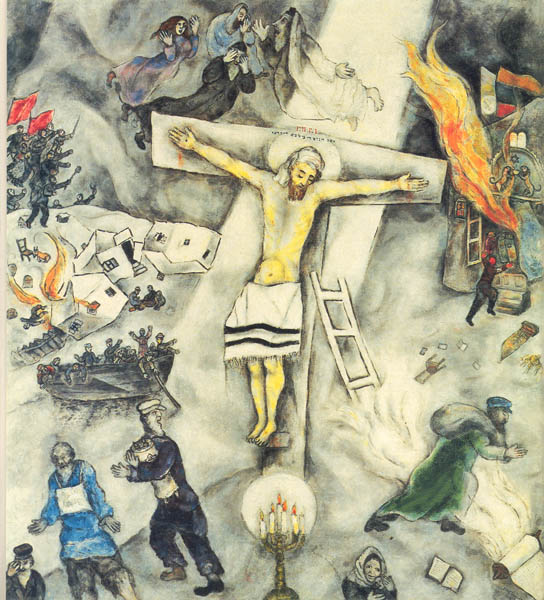The Jewishness of Jesus
The varieties of first-century Judaism present the historian with a choice of Jesus portraits

In 1906, Albert Schweitzer, the Alsatian physician, musician, philosopher and biblical exegete who spent 40 years of his life in central Africa ministering to the poor and sick, published a widely influential book, The Quest of the Historical Jesus. Schweitzer reviewed the history of scholarly efforts to extricate the historical Jesus from layers of theological tradition that had grown up about his life, and concluded not only that the scholars had failed to recover the historical Jesus but that the task was impossible. This conclusion, however, did not stop Schweitzer from offering his own reconstruction of Jesus as an eschatologicala visionary. Nor did the quest end with Schweitzer.
In recent years the quest for the historical Jesus has been taken up again—but with a new shape. In the 1950s and 1960s, Christian theologians, especially in Germany, embarked on a “new quest” that focused on Jesus’ consciousness and basic teachings. In the 1970s and 1980s, interest has shifted to the Jewishness of Jesus.
Central to this renewed interest in recovering the historical Jesus is an effort to understand Jesus as a first-century Palestinian Jew, to understand him in terms of the Jewish world in which he lived and died—in short, to understand the Jewishness of Jesus.
Already a library member? Log in here.
Institution user? Log in with your IP address.

